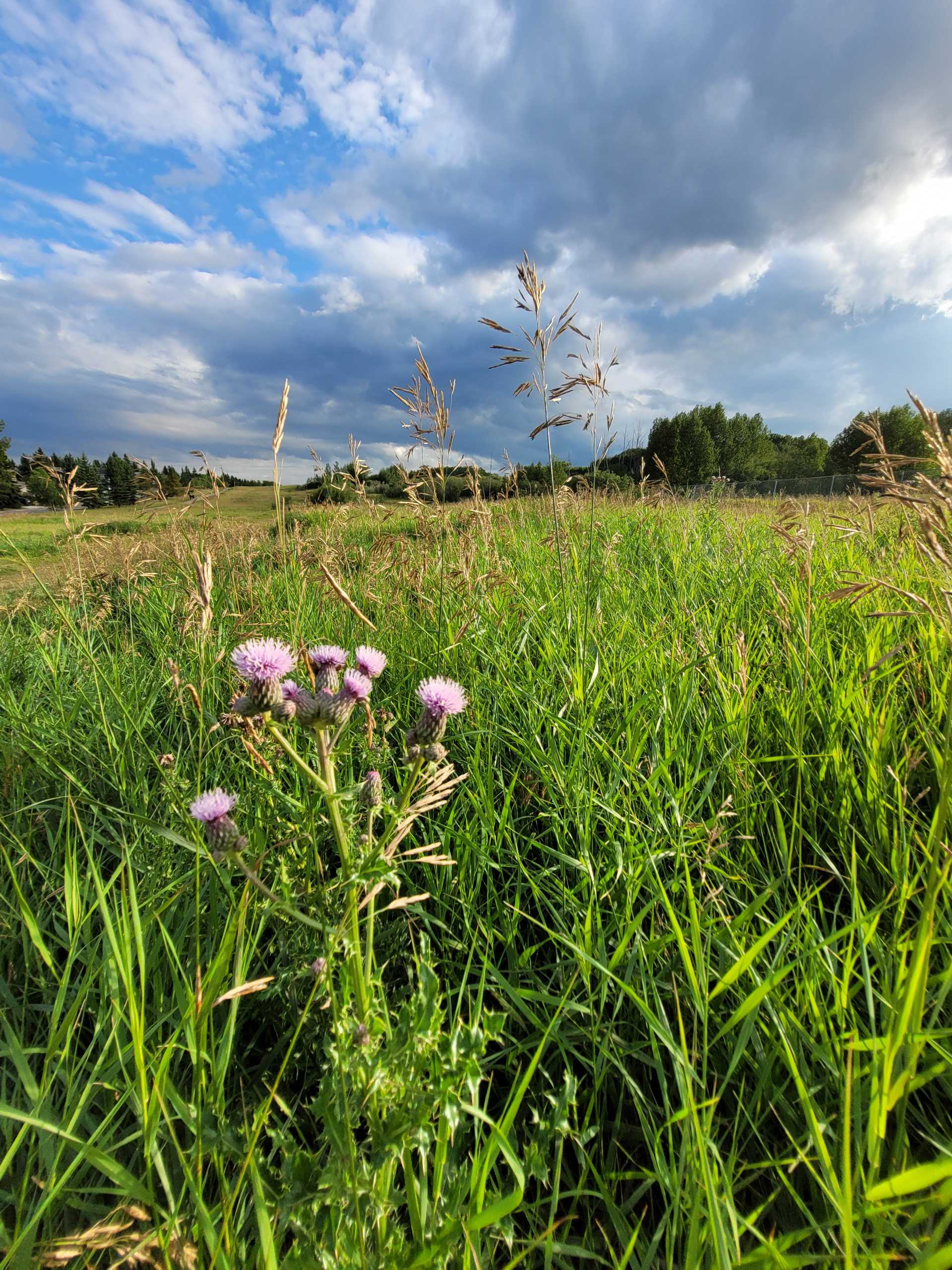Cremation: A Rising Trend
Most movie scenes about death and funerals are the same: an open-casket viewing in a funeral home followed by a religious funeral, and then a sombre crowd gathers around a freshly dug cemetery as an ornate casket is lowered into the ground. The casket is solemnly covered in dirt, and the crowd disperses.
In my practice, I am finding that open casket viewings and formal funerals, followed by the disbursement of bodily remains into the ground, are becoming less and less frequent. In this blog article, we’ll examine the trend towards cremation and away from burials of embalmed remains.
Changing Trends
The cremation rate in Canada has been increasing steadily for the last two decades. Since 2000, the cremation rate has risen by roughly 25 percent, and it will reach approximately 75 percent in 2022.* That’s a staggering change in a cultural norm in less than a generation – especially an aspect of culture so deeply rooted in tradition and religion.
Of course, there are religions and faiths that stress the importance of being buried. And some people – when they contemplate their own demise – can’t imagine anything else for themselves. And that’s fair. But for the majority of people in Canada, the question has become, “What do I do with the cremated remains of my loved one?”
Urns are the most common final resting place of cremated remains and can be buried in a plot, enshrined in a niche of a columbarium or placed in a special place in the family home. Urns can be purchased online or at a funeral home, and you can even find wonderful craftspeople across Canada who do custom urns that are absolutely beautiful. I know one person who ended up in a popcorn tin and another who was lovingly placed in a fishing tackle box. To each his own! Urns are highly customizable, but if you are planning on a burial, there are some regulations regarding the type of urn that can be used, so please talk to me or the funeral home that is providing service so you can choose an option that works.
Scattering Ashes Outdoors
I am often asked where ashes can be scattered. We’ve all read stories or viewed movies where cremated remains are scattered in the sea or shot up into space in a rocket. Most of us are looking for simpler solutions closer to home. In Alberta (when you click on the link, look for the “download” button), ashes can be scattered in most places as long as the guidelines are followed. These include ensuring that ashes are completely pulverized (no obvious signs of bone remain) and that the ashes are scattered over a sufficient area so as to not be clumped together and no obvious signs of the ashes remain. You can’t scatter ashes near areas of recreation, nor near water intake areas, and if you are having a ceremony, you can’t impede the enjoyment of anyone else in a public place. In Alberta Parks, the same conditions (and more) apply, and in addition, you may need a permit if you are planning a large memorial gathering.
Scattering ashes on Crown (federal) land such as Jasper National Park – including in water – is permitted, and a permit is not required. The same rules apply regarding avoiding recreational/camping areas, water intakes and so on.
Travelling with Cremated Remains
You can scatter ashes in another country. Funeral homes are able to provide a document for travelling internationally with cremated remains that you can present at the airport. If this is your intention, ask for this document in a funeral pre-planning meeting or when planning at-need arrangements. Check carefully with each country’s rules and regulations before deciding to scatter your loved one’s ashes in a foreign land. The Canadian Air Transport Security Authority (CATSA) has all the information you need for travelling with remains. You will want to bring a copy of the Death Certificate and Certificate of Cremation with you. It might be a good idea to make extra copies of both.
Things to Consider
Here are some points you may want to consider when scattering your loved one’s ashes:
- If you scatter your loved one’s ashes outdoors – the area where you place your loved one’s remains may change drastically in the future or may not even be accessible in the future.
- There will be no marker, and you may have difficulty finding the exact spot again.
- You likely will not be able to place flowers or mementos. I recommend taking photos to mark the occasion and the location.
Ashes can also be sticky. It likely won’t feel good if you cast ashes into the wind and the wind blows some onto your clothes or body. Even if you have carefully considered the weather, I recommend bringing paper towels and a water bottle in case a bit of cleanup is needed.
As a Certified Death Doula, I can work with you or your family by providing resources and suggestions for the care of your loved one’s remains. If you have done something special and wonderful along these lines, I would love to hear your stories!
Download My Free End-of-Life Glossary
This comprehensive guide will help you navigate the often unfamiliar terminology associated with end-of-life discussions. You’ll also receive valuable insights about once a month. No spam ever; unsubscribe anytime. Download your free glossary today.
